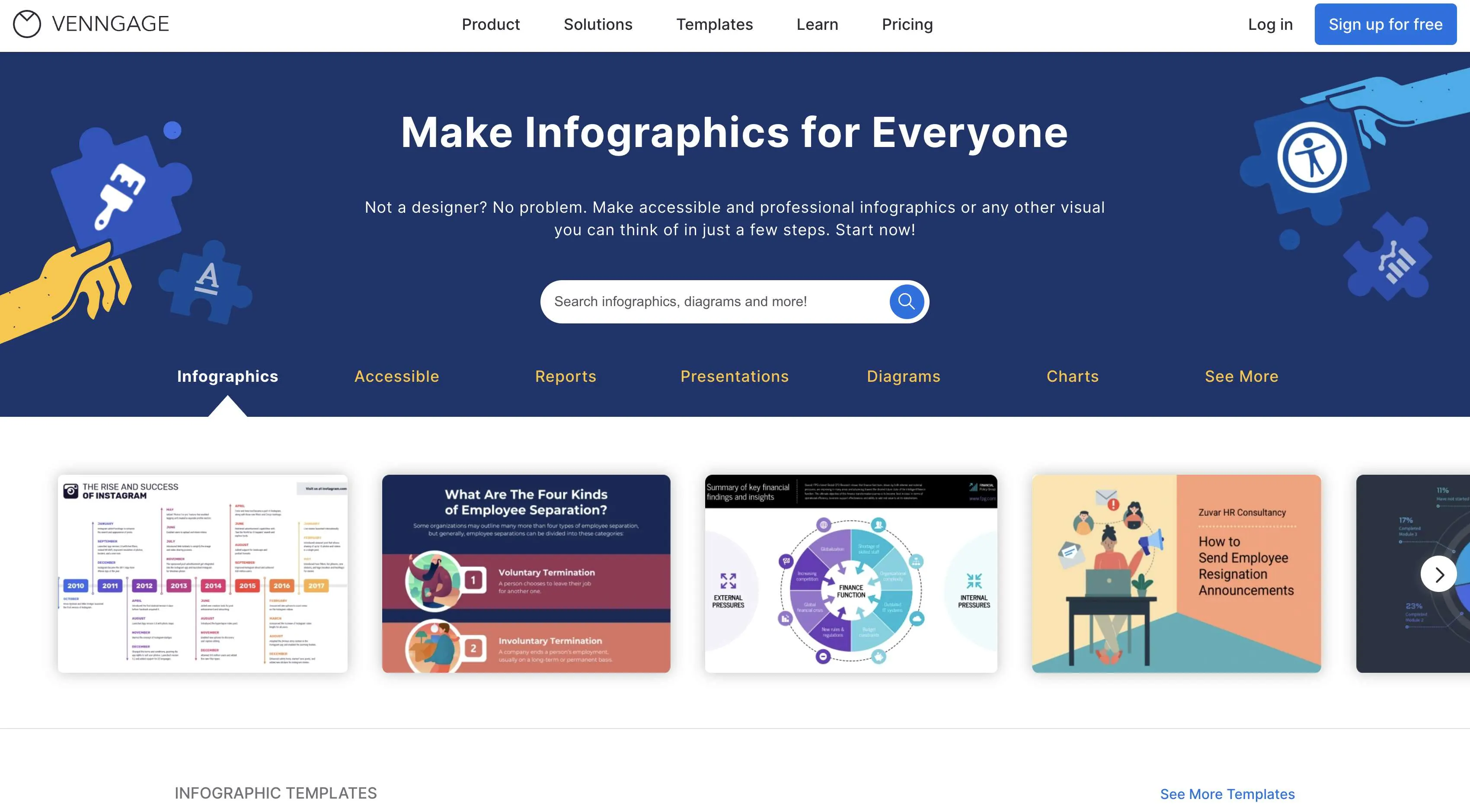Elevate Your Online Existence With Stunning Web Design Tips and Trends
The interplay of aesthetic allure, current style patterns, and customer experience plays an essential role in achieving this goal. The subtleties of effective style expand beyond looks; understanding essential approaches for optimization can considerably influence your success.
Significance of Visual Appeal
In today's digital landscape, the aesthetic charm of a site is vital; studies show that 94% of initial perceptions are design-related. This figure emphasizes the vital function that aesthetics play in customer involvement and retention. A well-designed website not only draws in visitors but additionally urges them to explore its material better. Effective visual layout includes components such as color design, imagery, typography, and format, every one of which add to a enticing and natural user experience.
Furthermore, an aesthetically attractive web site infuses a sense of integrity and expertise. Individuals are more probable to rely on a site that looks well-structured and refined, which can substantially influence conversion rates. Conversely, a chaotic or unsightly design can cause high bounce rates, as customers might regard the internet site as undependable or out-of-date.
Furthermore, the appearances of a site can communicate brand name identification and values (Web design). Regular use branding elements, such as logo designs and shade schemes, strengthens acknowledgment and fosters a deeper link with the audience. Finally, prioritizing aesthetic charm is essential for creating interesting, credible, and brand-aligned online experiences that resonate with customers
Present Design Trends
Modern website design is frequently advancing, and remaining updated with existing trends is necessary for producing impactful on the internet experiences. One famous fad is the surge of minimalism, identified by tidy lines, enough white room, and a concentrate on essential components. This strategy not only boosts usability however additionally enables web content to take center stage.
Furthermore, dark setting interfaces have obtained popularity, offering individuals with an aesthetically striking option while reducing eye pressure. This pattern straightens well with customer preferences, providing a contemporary visual that is both practical and stylish.
One more notable fad is the unification of strong typography. Developers are increasingly making use of big, meaningful fonts to develop visual power structure and share brand messages efficiently. Paired with vibrant shade combinations, this pattern adds dynamism to website.

Essential Design Aspects
Reliable website design rests on several necessary layout aspects that with each other produce a natural and engaging user experience. The very first of these components is format, which dictates how web content is organized on the web page. A well-structured format not only improves readability yet likewise overviews customers through the website flawlessly.
Shade plays an important duty in layout, influencing emotions and brand name perception. A harmonious shade palette can evoke particular sensations and develop a visual hierarchy, thereby accentuating essential components. Typography is crucial; the choice of fonts have to straighten with the brand name identity and guarantee readability across tools.
In addition, whitespace is frequently neglected but is necessary for producing balance. It aids prevent clutter, enabling users pop over to this site to focus on the vital read what he said elements without diversion.
Finally, consistency across all style components enhances brand name identity and makes navigating intuitive. By thoroughly integrating these important design components, web designers can create aesthetically appealing and functional internet sites that mesmerize visitors and motivate interaction.
User Experience Optimization
A smooth individual experience is important for keeping visitors and driving conversions on a web site. Maximizing customer experience (UX) involves recognizing your audience and customizing style aspects to satisfy their needs successfully. Key elements of UX optimization consist of instinctive navigation, quick filling times, and clear phone call to activity.
To enhance navigating, ensure that menus are arranged realistically and available from any type of page. Integrate breadcrumb routes to help customers easily backtrack, minimizing disappointment. Speed is an additional essential aspect; web sites need to fill within three seconds to stop individuals from deserting the site. Make use of devices like picture compression and web browser caching to maximize tons times.
Moreover, your internet site's style need to focus on clearness. Use understandable fonts, contrasting shades, and whitespace to create an aesthetically attractive layout that overviews individuals via content easily. Calls to action ought to be plainly displayed, utilizing actionable language that motivates users to engage.
Mobile Responsiveness Techniques
Nearly fifty percent of all web website traffic currently stems from mobile tools, underscoring the significance of applying robust mobile responsiveness strategies. To make sure optimal customer experience throughout various screen dimensions, web designers should welcome a liquid grid layout that adjusts perfectly to various tools. This method permits material to restructure and resize without compromising functionality or appearances.
Incorporating adaptable images and media queries is crucial. Photos should automatically readjust their dimension according to the viewport, while media queries can find tool characteristics and apply customized CSS designs accordingly. This technique improves lots times and guarantees that customers have an aesthetically attractive experience.
In addition, prioritize touch-friendly navigating aspects. Buttons and links must be easily tappable, with sufficient spacing to prevent misclicks. Preventing hover-dependent communications further enhances usability on touchscreens.
Lastly, carrying out normal testing throughout different gadgets and browsers is essential. Tools like Google's Mobile-Friendly Examination can aid determine locations requiring renovation. By adopting these mobile responsiveness approaches, services can improve individual engagement, boost online search discover here engine rankings, and ultimately drive conversions, thus raising their online existence efficiently.
Final Thought
By focusing on aesthetic allure through present layout trends and vital components, services can foster reputation and involvement. Enhancing customer experience and ensuring mobile responsiveness are crucial for helping with seamless communication throughout gadgets.

Alternatively, a unappealing or messy design can lead to high bounce prices, as individuals might perceive the site as undependable or out-of-date. - Web design
Effective web layout pivots on numerous important design components that together produce a natural and interesting individual experience. Maximizing customer experience (UX) involves comprehending your target market and tailoring style elements to fulfill their demands effectively.